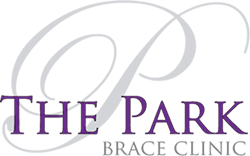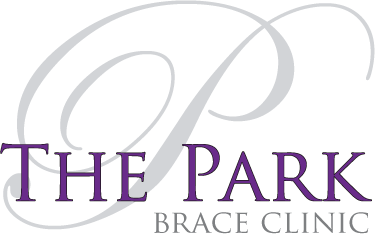Lingual Braces vs Invisalign
In this post, I set out the differences between Lingual and Invisalign braces together with the pros and cons between them.
Lingual
Lingual braces are virtually undetectable; they hide behind your teeth. The braces are made up of metal brackets and wires and like traditional braces, they cannot be removed by the patient. Starting off with Lingual braces can sometimes be uncomfortable, they can irritate your tongue and give a slight lisp. Lingual braces are also harder to clean. You cannot see your braces and are not removable, so be extra careful brushing your teeth.
Lingual braces can make more precise adjustments to your teeth than Invisalign, so can have a better finishing result. However, some bite conditions cannot be fixed with lingual braces.
The pros of Lingual braces:
- Completely hidden
- Gives orthodontist better control over your teeth
- Fixed braces – cannot be lost
The cons of Lingual braces:
- Can be uncomfortable to begin with
- May give a slight lisp
- Harder to brush your teeth and brace
- More expensive
Invisalign
Invisalign braces are clear and removable, though more noticeable than Lingual braces. They are more comfortable, with no mouth irritation as there are no brackets or wires. As they are removable, it is easier to clean your braces and teeth. They also feature wear indicators to show they are being worn enough each day (at least 20 hours). For teenagers, Invisalign can allow for the growth of adult teeth.
Invisalign braces can feel uncomfortable to begin with, and can sometimes cause a lisp. However, this will improve over time as your mouth gets used to the brace. Sometimes, small tooth coloured buttons are required to move your teeth the right way. While these are designed to be as subtle as possible, they can make your braces less discrete. However, Invisalign braces are more affordable than Lingual braces and can be removed throughout the day.
The pros of Invisalign braces:
- Mostly hidden
- Removable
- More comfortable – no metal brackets or wires
- Can feature wear indicators to make sure you are wearing your braces for long enough
- Allows for new permanent teeth for children
The cons of Invisalign braces:
- Can cause a slight lisp
- Can feel tight to begin with
- Discreet, but more noticeable than Lingual braces
- Only works while wearing, need to be worn for at least 20 hours a day
- May need to add small tooth coloured buttons to your teeth for moving your teeth in certain directions, this is not permanent and not always necessary but can make the braces less discreet
- Dentist won’t have as much control with aligners than fixed braces and it can be hard to make precise changes
Your next step
If you are looking to get straighter teeth using clear braces then you should book a free consultation with Stacey, our Treatment Coordinator. She’ll run through the various treatment options and give you an idea of the costs as well as your finance options which can make treatments affordable by allowing you to pay off in smaller monthly payments.
You will also have the chance to meet our friendly team and ask any questions you may have about our clinic. If you have any questions, please give our friendly team a call on 01332 408025 – we’d be more than happy to help.
I hope to meet you soon,
Dr Trishan Malhi (Kenny)


